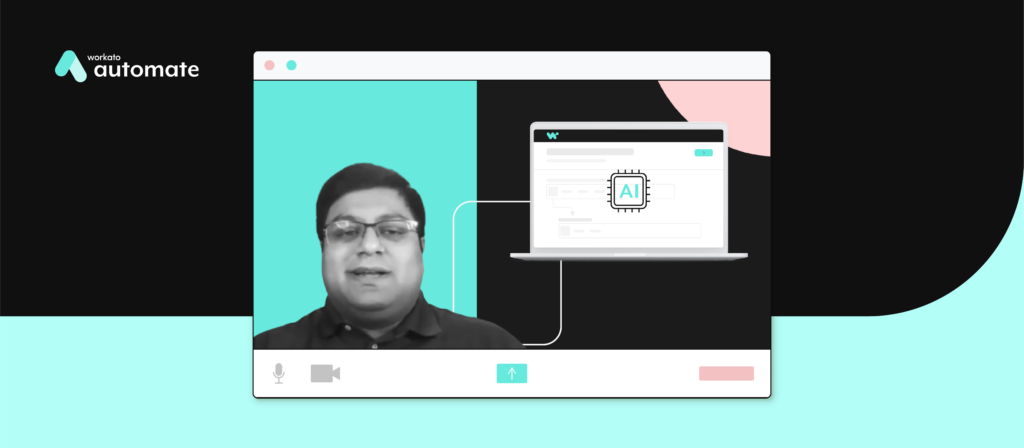Atlassian, an enterprise organization that provides team collaboration tools, has experienced rapid growth over the past several years.
Case in point: Their employee headcount has increased from roughly 2,000 to 8,000 over the past 5.5 years.
As the organization has grown, so too have the opportunities for implementing integrations and automations via the low-code/no-code platform, Workato.
This led IT to establish a centralized team, dubbed Intelligent Automation, that’s tasked with providing colleagues across lines of business with the guidance and support they need to use Workato, among other low-code/no-code tools, effectively.
How, exactly, does the IA team operate? And what results has the team delivered to their colleagues and to the organization more broadly? Read on to find out!
Related: What goes into setting up an automation center of excellence
How the Intelligent Automation team operates
The IA team is made up of 3 sub-teams that have their own roles and responsibilities:
- The Technology Innovation team is tasked with identifying processes that involve a significant amount of engineering resources and then finding ways to automate them so that engineers can get their time back.
- The Self-Service (or Centre for Enablement) team provides resources, like articles, so that business teams can use Workato, among other low-code/no-code tools, independently.
- Managed service (or Centre of Excellence) team offers to partner with business teams when the latter is trying to implement more complex solutions.
Beyond adoption, the IA team also focuses on driving awareness to the low-code/no-code tools that the business teams have at their disposal. Vinayak Varma, the IT Development Senior Team Lead, explains:
“(Awareness) was the biggest challenge. A lot of people often hear low-code/no-code, but they don’t understand what it’s capable of, what it’s capacity looks like, and how it can scale.”
To that end, the IA team hosts use-case-specific brown bags, publishes internal blog posts that highlight colleagues who successfully leverage the tools, among a host of other activities.
Related: The requirements for engaging in automation at scale
The IA team’s impact on the business
Though the team has only been in place for a few years, the integrations and automations they’ve helped (or inspired) business teams build have yielded fruitful results.
During the 2021 fiscal year, the team has been credited with saving the organization more than 100,000 hours.
On a more granular level, they’ve found specific activities to be particularly helpful.
For example, the Technology Innovation team helped build an automation that automatically creates tickets based on the nature of client feedback in their community platform—saving employees an estimated 7,000 hours of tedious, manual work.
The Technology Innovation team also streamlined the relocation request and approval process. Here’s Varma explaining how they implemented it and the value it’s brought to their employees:
Finally, IA team credits the brown bags, boot camps, and other measures that drove awareness, with—in aggregate—saving the organization thousands of hours.
These time savings translate to employees dedicating more of their attention on thoughtful, strategic tasks they’re more likely to enjoy and that are more likely to deliver value for the business.
